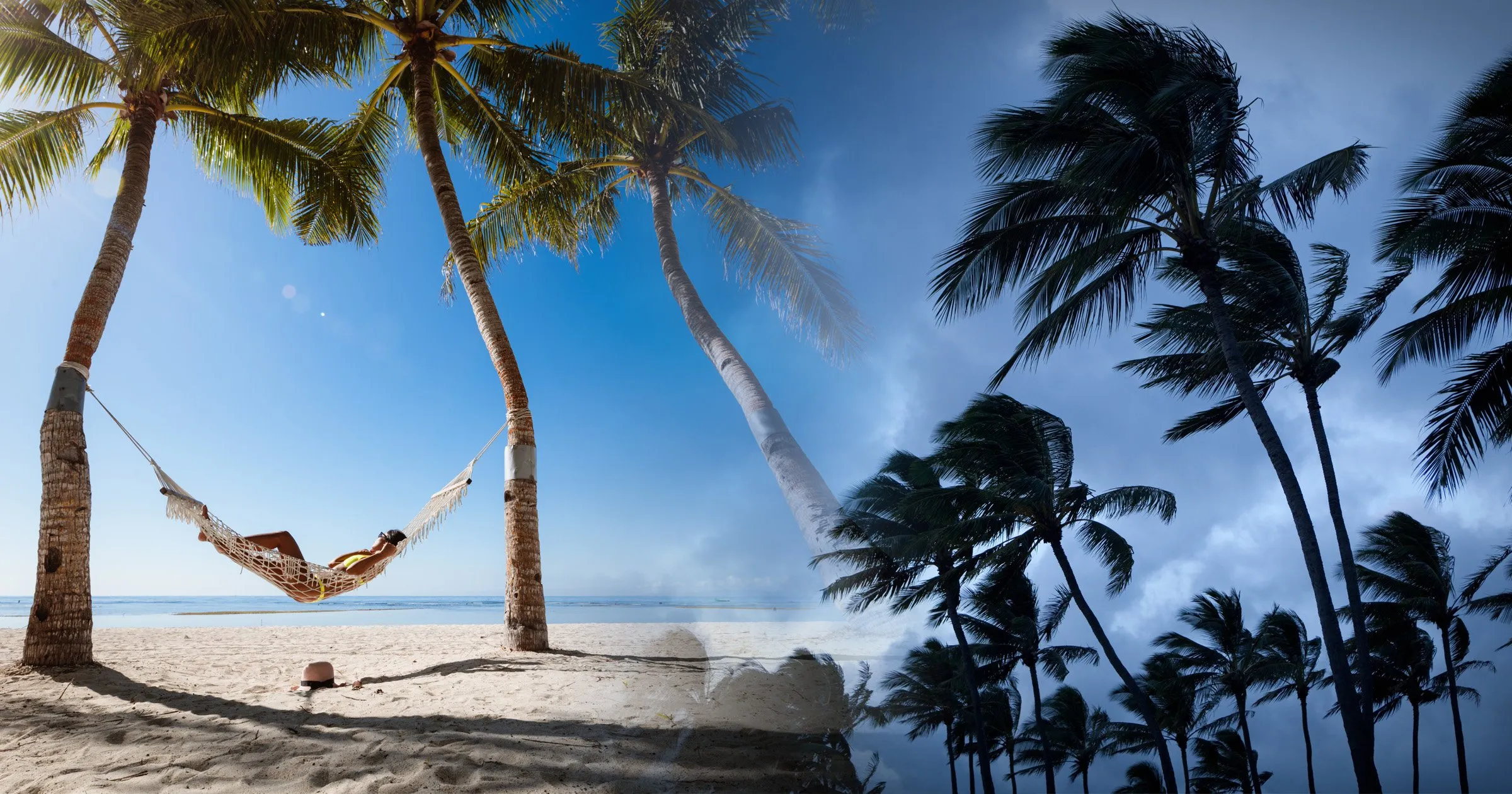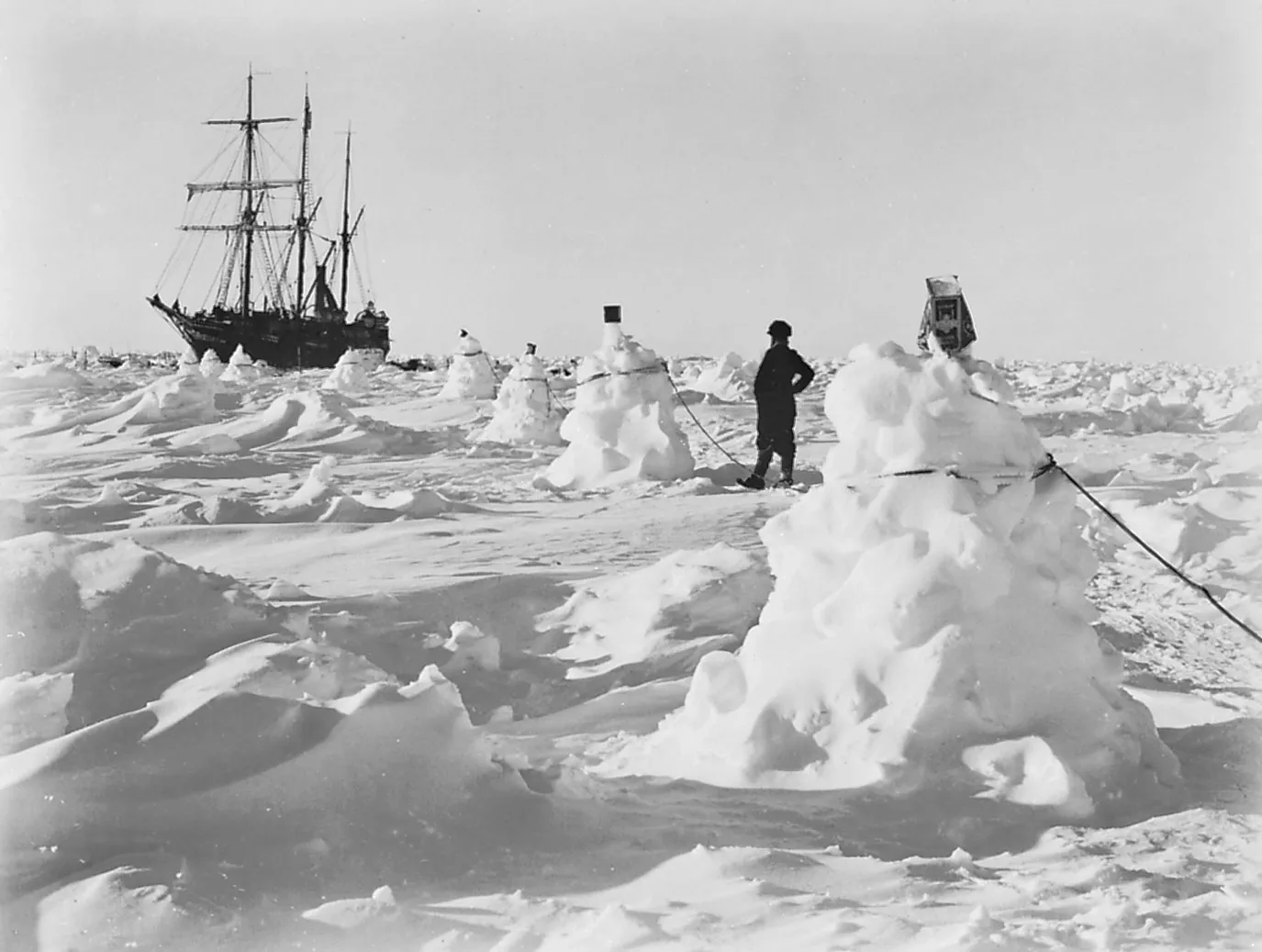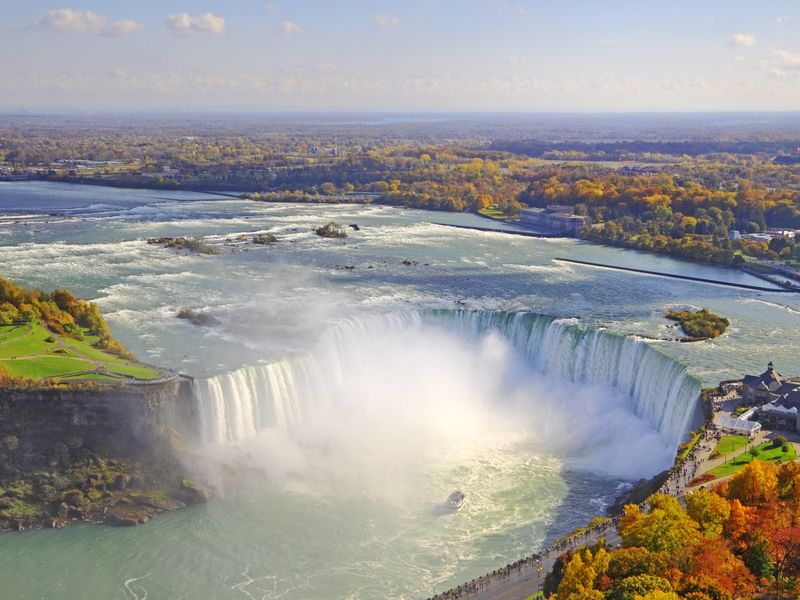Today, he is no longer mentioned at the table of decision-makers of the future of the world, but at the beginning of the 20th century, he was there. This is the terrible story of the country that ate itself. The harm we do to the environment will not only affect nature itself: since it is our living space, we will eventually be affected by it as well. This is the main reason why governments continue to multiply meetings on the subject of climate change. Because what could happen to all of humanity was already outlined in the 20th century in the central Pacific. Today, the terrible story is referred to as the country that ate itself. In case you didn’t know, here is the story of the island of Nauru: from one of the richest countries to one of the poorest today.

Rise and fall the terrible story of the island of Nauru
Lost and isolated in the central Pacific Ocean, the Republic of Nauru Island is located 1,300 km east of Australia. It is one of the smallest countries in the world, with an area of 21 square kilometers. Moreover, not all of this area is occupied by a population of 14,000 inhabitants. The latter lives mainly on the coastal strip that surrounds the central plateau of the country.
Now known as the country that ate itself, the island of Nauru experienced a meteoric rise in the early 1900s. Its fortune (which turned out to be its misfortune) began in 1906 when huge phosphate deposits were discovered on the island. Nearly 70% of the island is covered in mineral deposits. The country quickly attracted the covetousness of Europeans. The Germans established their colony there and exploited it until 1914. Australia then took over and continued exploitation until the nation’s independence in 1968. A welcome independence that would boost the island’s economy. Overnight, it became one of the most prosperous in the world with a GDP per capita of 225 million Australian dollars. As the country became rich, management also changed at the top of the state: more taxes, and many free services, including education, health, housing, transport, etc.
But how did the country eat itself?
The answer remains simple, however: the country destroyed itself by not respecting the environmental balance, and by overexploiting its resources. But few people knew this before the scandals broke out in 1990. After the island gained independence, the rulers realized how lucky they were with the phosphate deposits. However, the political choices they made did not take into account the danger the island could face. Exploitation contracts had been granted to foreign companies in exchange for personal favors. And these companies spared no effort to exploit these deposits, even if it meant endangering the small island. Among other methods used, there are.
- Open-pit mining: This involves the use of heavy machinery such as bulldozers. This has contributed to the disfigurement of the landscape, the deforestation of large areas, and the creation of craters. A destructive technique that has caused great disruption to the soil and a major part of the ecosystem.
- Chemical solution injection: If the phosphate layers are very solid, a chemical solution is injected into the ground to dissolve the layers. A disastrous method that polluted the island’s groundwater and led to the destruction of nearly 40% of the coral reefs. This ultimately wiped out the country’s marine biodiversity.
In addition to these environmental impacts, the island’s population has not fared any better. The country’s mismanagement has led to a profound upheaval in its diet. It is based on imported products, not adapted to the conditions of the local populations. As a result, the obesity rate has skyrocketed and general health has deteriorated. Today, life expectancy is 50 years on average and the corrupt environment does not allow for healthy activities.


